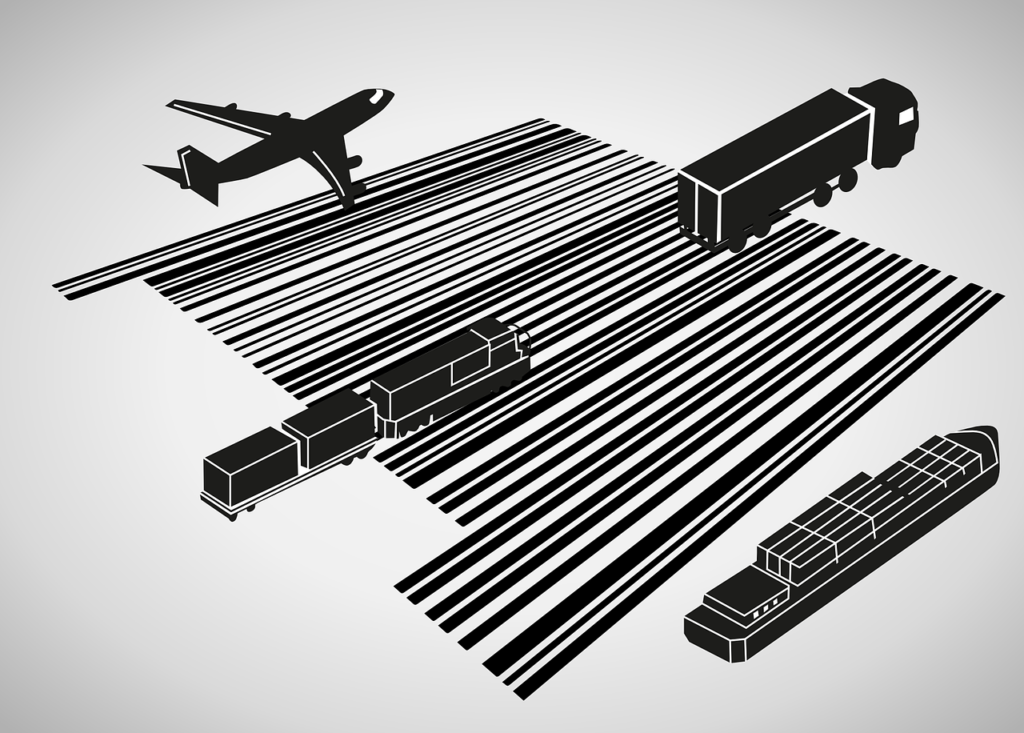There’s a technology that’s had a tremendous impact on our daily lives, but for which we seldom spare a thought: the universal product code (UPC) barcode. It’s been around for some time – in fact it recently celebrated its 50th birthday.
Originally developed in the 1960s by the National Association of Food Chains (NAFC) to streamline shopping checkout and inventory processes, the first version of a barcode was tested in 1966. This test paved the way for the creation of the Universal Grocery Products Identification Code (UGPIC) in 1969, which became the UPC code four years later.
The UPC barcode functions as a key in a database schema representing data by varying the widths, spacings and sizes of parallel lines with an index of price, inventory quantity, and other important bits of product information that are read through an electro-optical system for reading and interpreting this data.
The twelve-digit code consists of a start number, a five-digit company prefix, a five-digit item code, and a check number. The numbers are always printed at the bottom of the barcode to allow for manual entry if the code is damaged.
Barcodes are scanned using a laser or other optical recognition methods, with a single checksum number, used to verify the accuracy of the scan, ensuring the scan’s accuracy. Once verified, the code is transmitted to a database to retrieve the item’s price and update the inventory count. This makes repricing and stock management as simple as changing a single database entry.
Earlier barcode systems were sensitive and needed accurate scanning, often requiring rescans or manual entry for damaged barcodes. Modern systems, however, use multiple laser beams, making scanning more reliable.
So what does the future hold for the barcode?
The UPC barcode system is continuing to evolve as twelve digits are no longer sufficient to accommodate an ever increasing number of products. GS1 is preparing for the future with a new barcode format called GTIN Digital Link, which will replace the current one-dimensional UPC code with a 2D barcode similar to a QR code. This new format will include a web URL and product-specific information.
The new 2D system will link consumers to product-specific web pages with comprehensive information. Retailers will also be able to offer location-based pricing. For items with complex details, such as prescription drugs, the 2D barcode will provide easy access to critical information. GS1 plans to start the transition to GTIN in 2027, with a period of dual usage alongside the traditional UPC system.
